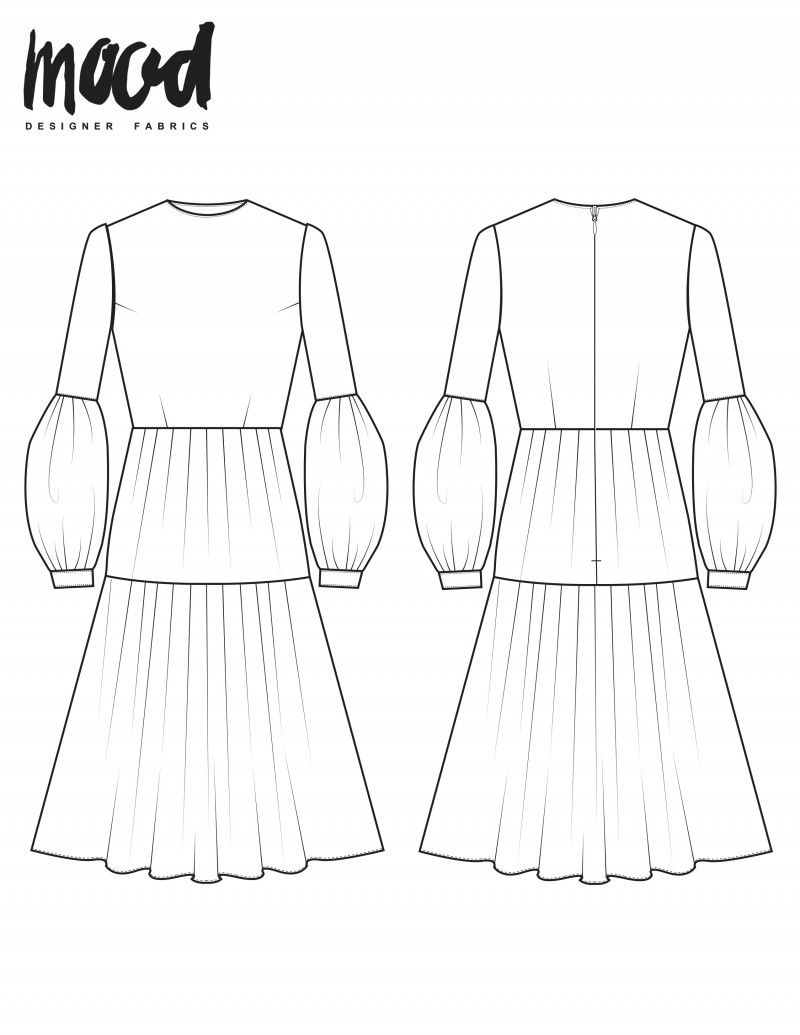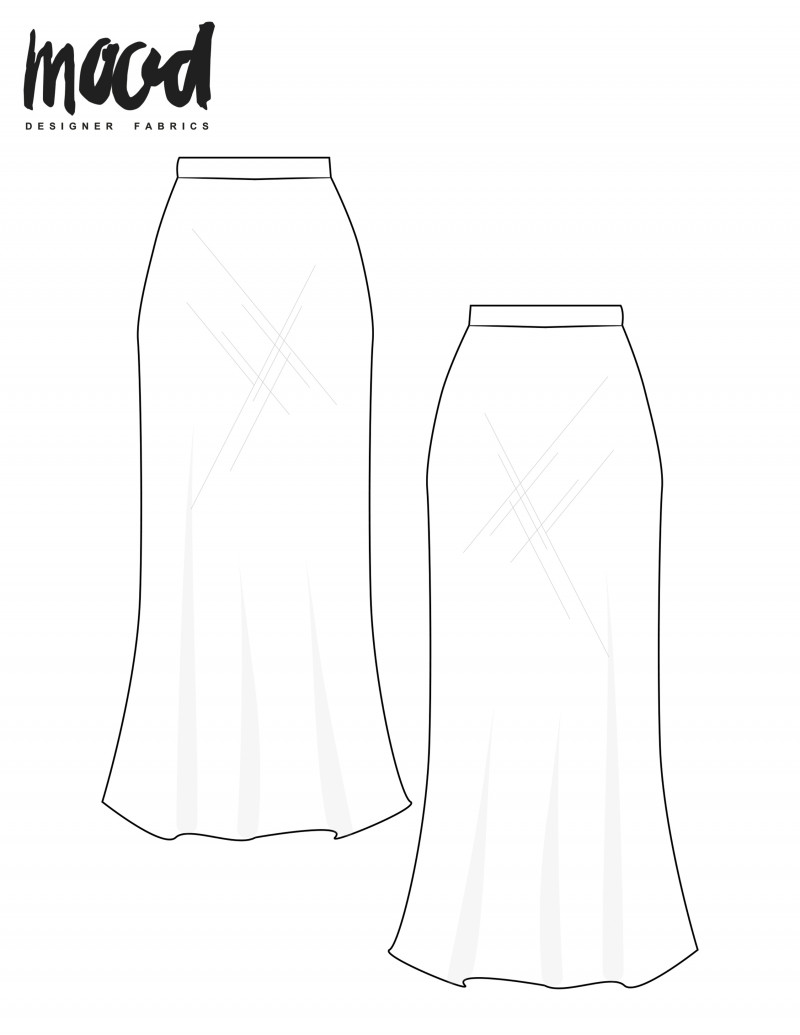Turn a new leaf with us in 2022 and turn your focus to our exciting textile announcement! The anticipation of the newest Pantone Color of the Year, Very Peri, has been recently revealed, and Mood is releasing our very own spin on the trend.
Introducing Mood’s Textile of the Year—Rayon!
Rayon, sometimes also called viscose, is our top fabric for this year, and once you read about its environmental benefits and properties as a sewing fabric, you’re bound to love it as we do!

About Rayon
Rayon is versatile and easy to use as a base for imitation fabrics. What’s more, it can take on the properties of many (sometimes less eco-friendly fabrics) like silk, cotton, and wool, to name a few. It offers a lustrous, soft hand and a fluid drape. Best of all, it’s derived from renewable raw materials. Naturally biodegradable and static-resistant, rayon fabrics are also breathable, comfortable, and absorbent.
Rayon is made from purified cellulose fibers, typically made from wood pulp. Bamboo, agricultural byproducts, cotton waste, and oranges are examples of plant materials that can go into rayon fabrics. Rayon is extracted from natural materials and is considered a semi-synthetic or a modified natural fiber since it requires certain chemicals during the manufacturing process. Being both breathable and a good heat conductor, it’s suitable for warm climates.
Viscose rayon, in particular, is one of the more common types of rayon. Made using the viscose process, its most common fibers are wood and bamboo. It has a lot of things in common with cotton-like being breathable and its ability to absorb moisture. Viscose rayon is a popular choice for making dresses, blouses, and outerwear and is a great choice for casual wear.
Rayon Breakdowns
This multifaceted class act takes on many forms and is used in a variety of areas, like the automobile and medical fields, along with fashion and home fabrics. While rayon is used for many things, like bedding, carpet, yarn, and medical textiles, our focus today is clothing.
When sewing with rayon, your garment pattern is dependent on the type of rayon you’re using. Its versatility means that different blends offer different properties. When sewing with woven rayon, it’s best to choose flowy garments with a fluid drape.
Pattern Recommendations:
Dresses
Blouses
Outerwear Linings
Bottoms
Rayon sets itself apart by being easily adapted to mimic other fabrics with its lustrous finish and its excellent drapability. Not only is it versatile, but it’s naturally derived, and that’s something worth noting. What will you make with rayon, Mood’s first ever Textile of the Year?












